Kumano Hongu Taisha is located in Motomiya, Tanabe City, Wakayama Prefecture, and is one of the important shrines that make up the Kumano Sanzan.
In this article, we will explore Kumano Hongu Taisha’s location, origin, history, mythology, and surrounding landscape in detail.
In preparation for your trip to Kumano Hongu Taisha, let’s learn about its charms.
Overview of “Kumano Hongu Taisha”
Kumano Hongu Taisha is a shrine located in Motomiya, Tanabe City, Wakayama Prefecture, and is known as one of the three Kumano shrines.
This shrine is included in the UNESCO World Heritage Site “Sacred Sites and Pilgrimage Routes of the Kii Mountains“, and is a popular spot for worshipers and tourists due to its historical importance and beautiful natural environment.
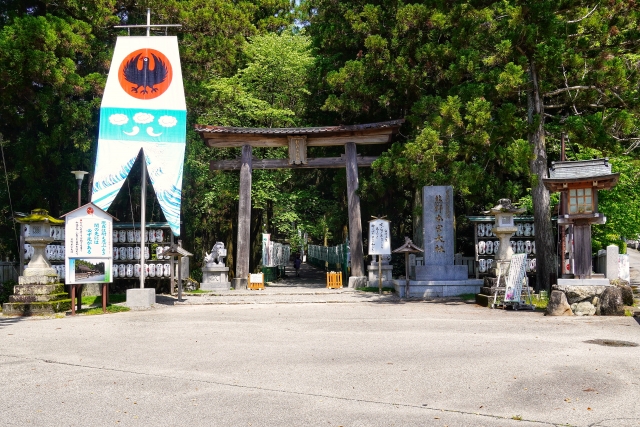
Main enshrined deity and history
The main deity enshrined at Kumano Hongu Taisha Shrine is Ketsumimiko Okami, who plays an important role in Kumano worship.
It was once positioned as a Shikinai shrine (Meishin Taisha), and its high status can be seen.
The year the shrine was founded is unknown, but according to the shrine’s legend, it was founded on the Kumano River in 1965 by Emperor Sujin.
Kumano Hongu Taisha Shrine also enshrines a statue of Yatagarasu, a sacred bird that is said to have guided Japan’s Emperor Jinmu and is considered to be the incarnation of the sun.
With its myths and historical events, this shrine represents the depth of Japanese history and religion.
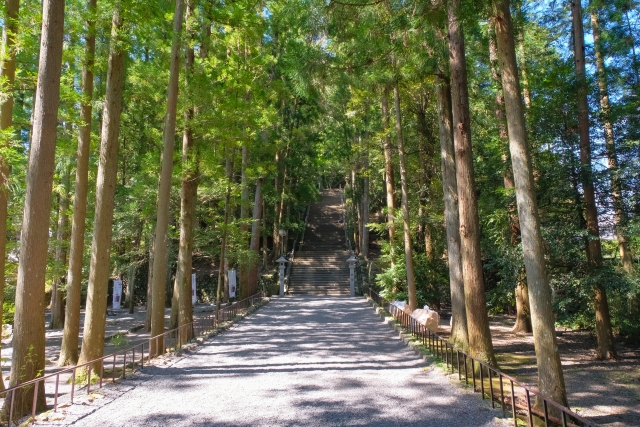
World Heritage Kumano Hongukan
The World Heritage Kumano Hongu Building is a one-story wooden building made from local lumber, and its charm is diverse.
The building has a multipurpose hall with 248 seats that can be used for multiple purposes such as videos, exhibitions, lectures, and events.
The multipurpose hall is also equipped with a waiting room and a sectional stage, making it suitable for a variety of events.
In addition, there is a “Hongu-related exhibition” held inside the Kumano Hongu building, which introduces Kumano beliefs, the history of pilgrimages, the history of the Hongu, etc. with photos and diagrams according to the theme.
Furthermore, the Wakayama Prefectural World Heritage Center is located there, and the exhibition facility “Kii Spirit” holds exhibits related to the World Heritage Site “Sacred Sites and Pilgrimage Routes of the Kii Mountain Range“.
This space is inspired by a cedar grove in the Kii Mountains where sunlight filters through the trees, expressing the natural view of Koya and Kumano.
Kumano Hongukan is a place that brings together the history and nature of Wakayama, and contributes to the preservation and utilization of world heritage sites.
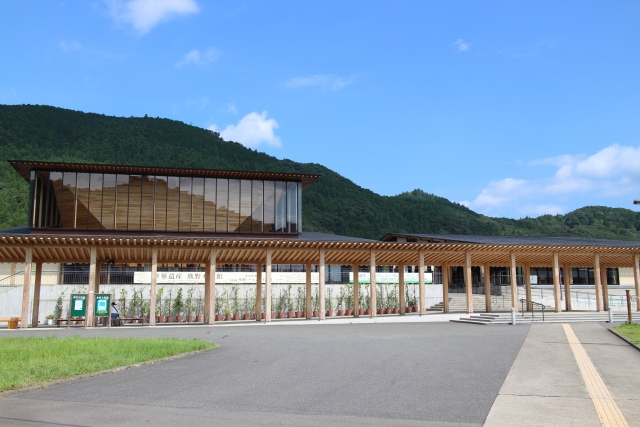
Relationship between Yatagarasu and the Japan Football Association
The symbol of the Japan Football Association is known as Yatagarasu, and the shrine has a special meaning due to its connection with the Japan Football Association and the fact that Kakunosuke Nakamura, the founder of soccer, was born in Nachikatsuura Town. is given.
Many people involved in soccer come to pray for victory.
Basic information about “Kumano Hongu Taisha”
| Info | Kumano Hongu Taisha Shrine ■Location 1110 Motomiya, Motomiya-cho, Tanabe City, Wakayama Prefecture ■Business hours 7:00~17:00 ■Parking lot Parking available ■Inquiry Tel:0735-42-0009 ■Website www.hongutaisha.jp |
| Map |
Restaurant search/reservation
Have a great trip with delicious food!
Surrounding touring spots
Touring JP Recommended articles
Summary
Kumano Hongu Taisha is a shrine located in Hongu, Hongu-cho, Tanabe City, Wakayama Prefecture, and is one of the three Kumano Sanzan shrines.
It is loved by many pilgrims and tourists because of its beautiful natural environment and historical value.
Kumano Hongu Taisha Shrine offers visitors a heartwarming experience with its natural beauty, historical importance, mythology and mystery, and connection to sports.
For those who want to experience Japanese culture and religion, this shrine is one of the places worth visiting.


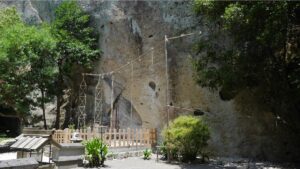

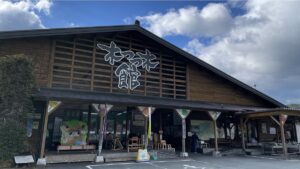





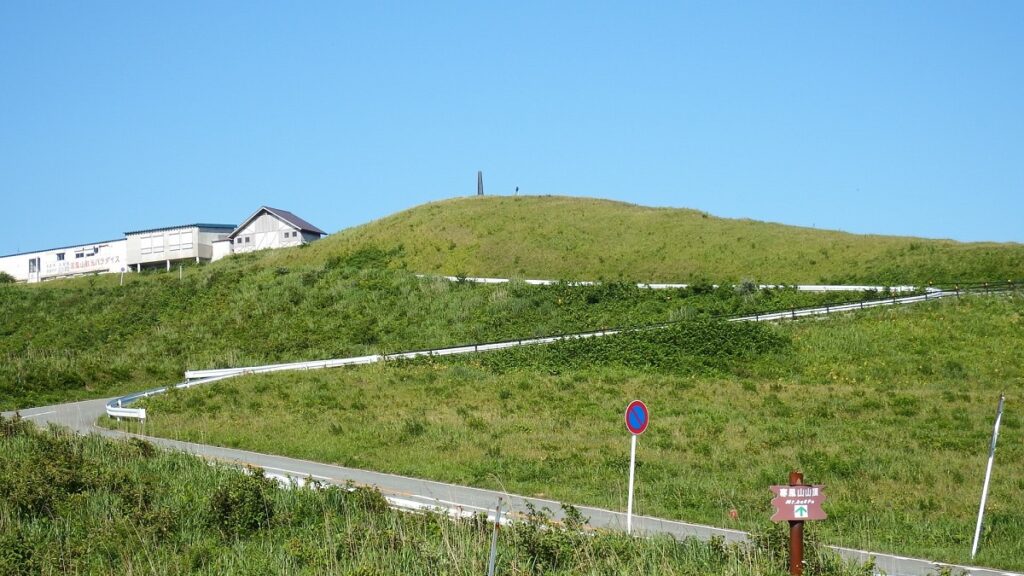
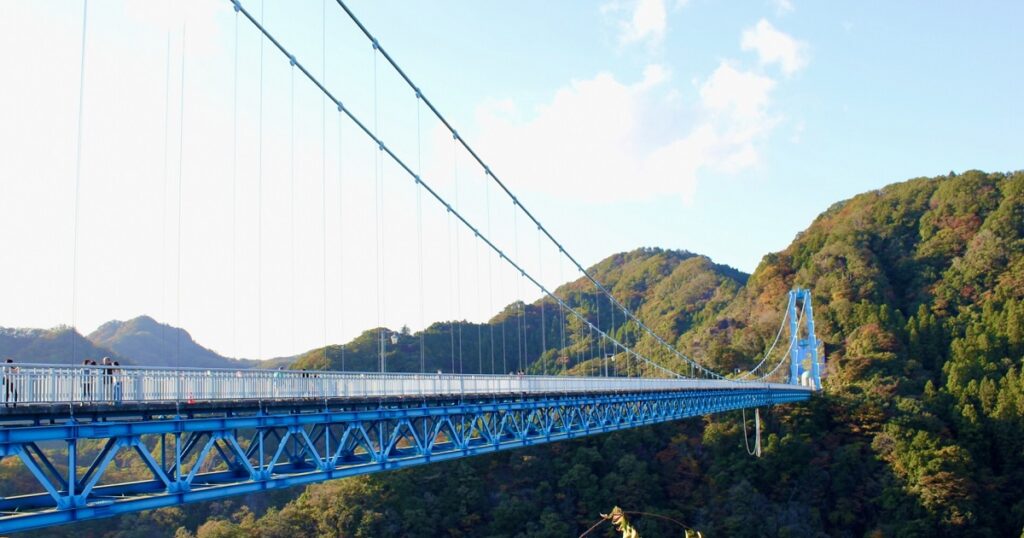
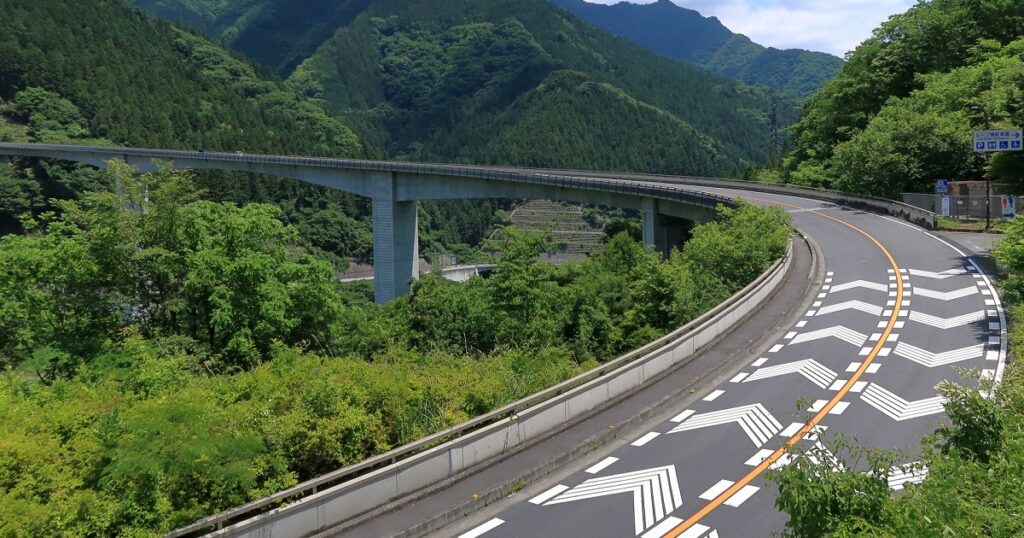
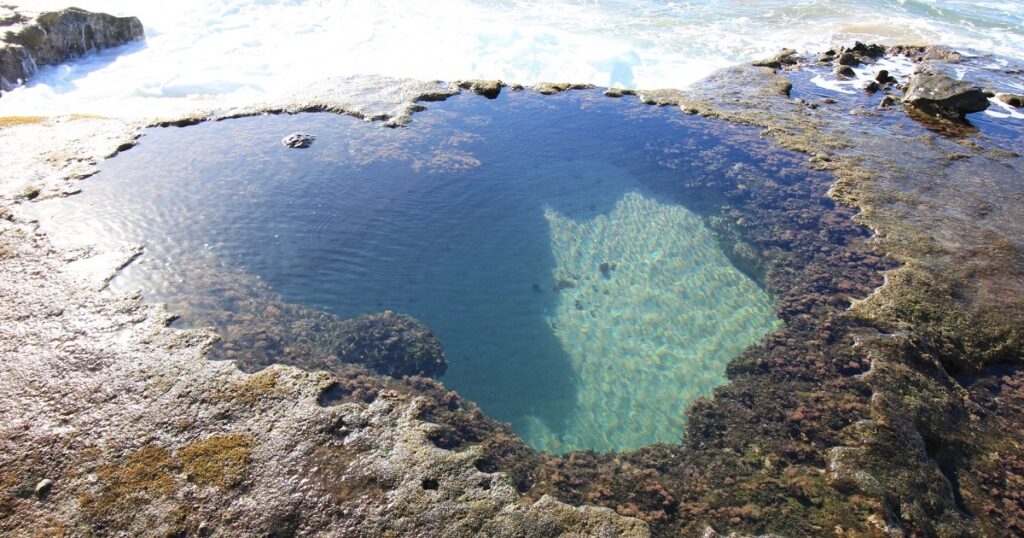
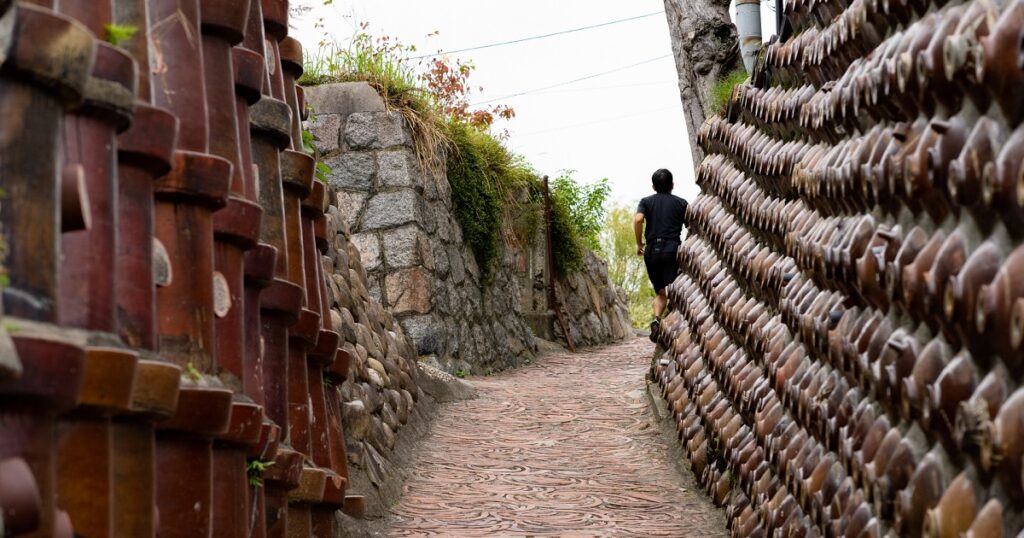

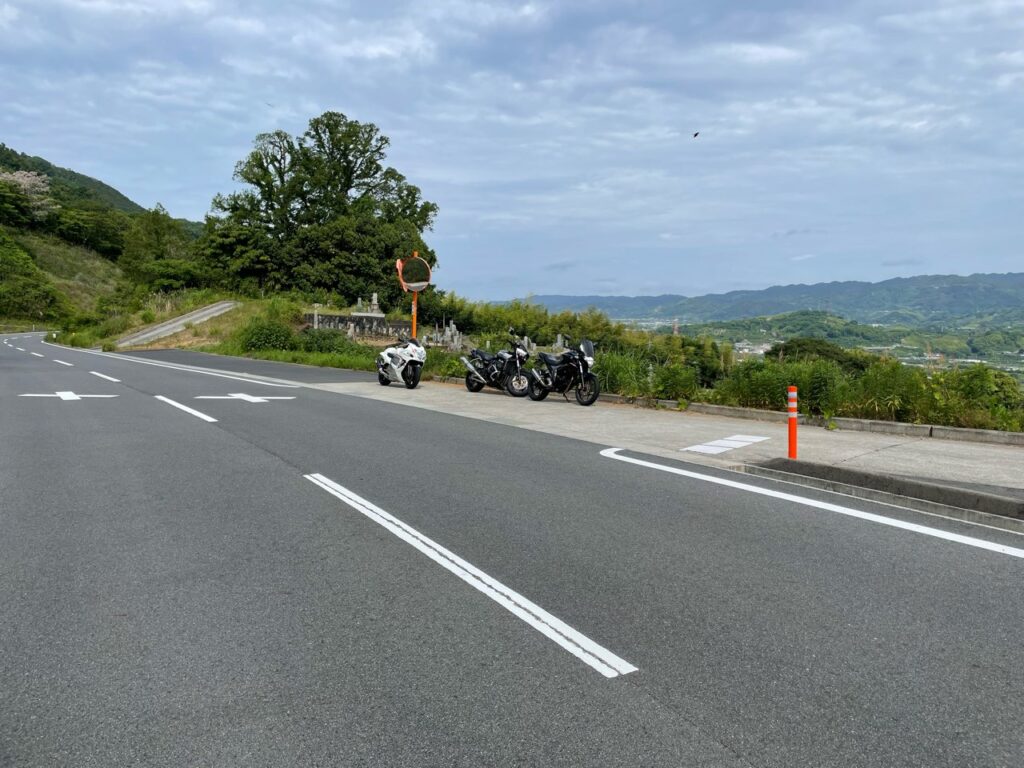
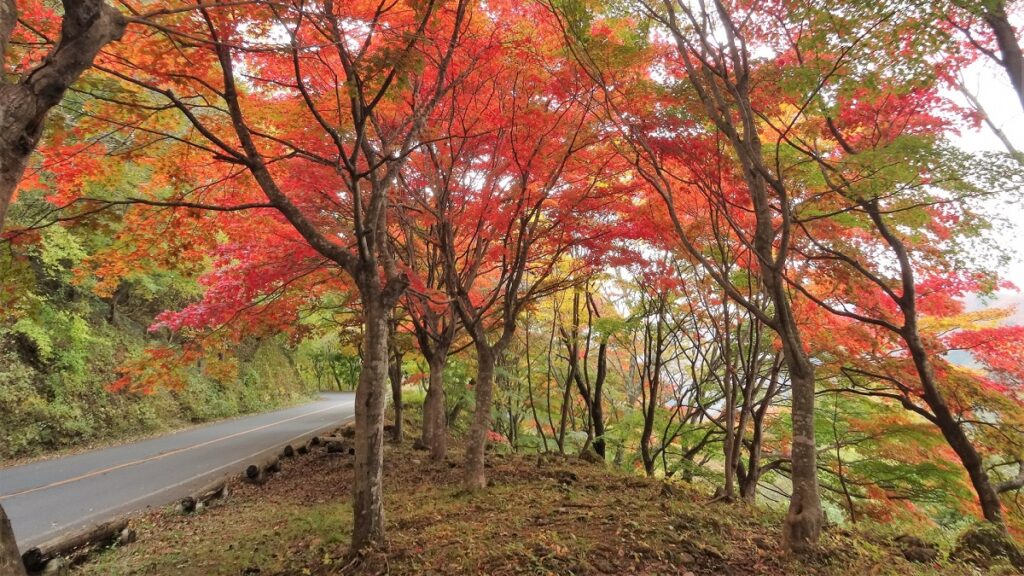
Comments